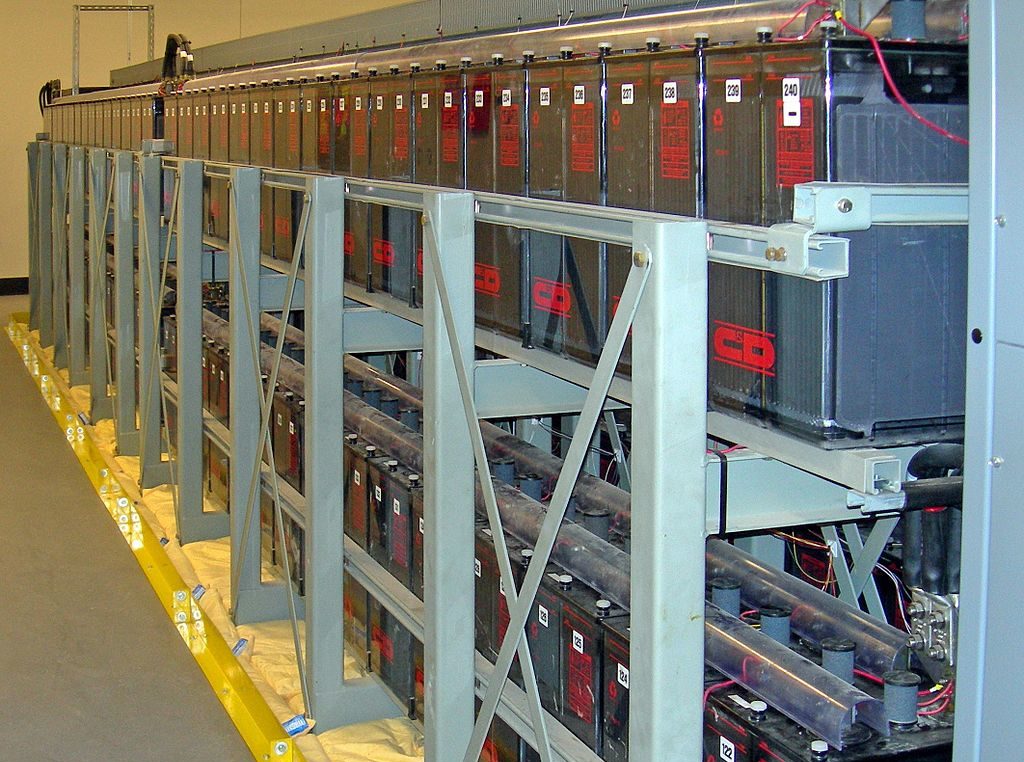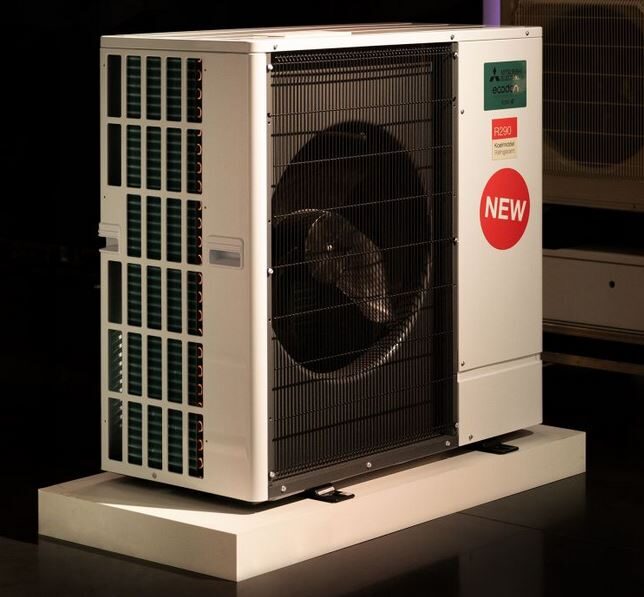With not enough network capacity to soak up excessive green electrons, the curtailment of distributed solar and battery energy storage systems (BESS) is set to have a major impact on power system transition around the world. Australia offers a unique case study because it has highest installation rate of rooftop PV, with more than 3 million solar homes, and a growing distributed BESS fleet.
Distributed PV and battery inverters in Australia are required to exhibit voltage-responsive power-quality response modes to prevent excessive voltage rises caused by increasing day-time energy exports, but these modes can curtail power output and limit the value that can be gained from these assets. Now for the first time, UNSW researchers have studied all inverter power-quality response modes and have developed novel algorithms to assess curtailment.
They worked on a sample of 1,300 households in South Australia, which is seeing the highest uptake of rooftop solar in the world with over 40% distributed PV penetration. Their study compared the experienced curtailment between distributed-PV only sites and distributed-PV coupled with battery sites.
Their results showed that average curtailment loss was 1.5% for distributed PV sites and 0.2% for distributed PV coupled with battery sites. However, some sites were heavily affected, losing up to 25% of generation, they found.
The researchers identified the reasons for the larger curtailment loss as wiring and network connection faults and high voltage set-points at households' respective local substations.
“Other potential reason for the heavily impacted sites is being located towards the end of the low voltage feeder, however this couldn't be verified due to lack of spatial data,” said the researchers.
They noted that the large variation in curtailed generation across sites raises concerns for system owners and suggested further inquiry into the power-quality response mode design and regulations.
Their study also examined inverter conformance using real-world operational data for all three power quality response modes, and found a low rate of conformance according to the Australian Standards. According to the researchers, there were “various discrepancies in the execution of these modes which raises concerns considering the increasing importance of distributed-PV and battery inverter fleet in supporting network operations and security.”
“The results therefore warrant further investigation into the reasons behind these discrepancies and devising appropriate mechanisms to tighten inverter conformance checks,” the researchers said, calling on distribution system operators and inverter manufacturers to take action.
Undertaking network expenditure to regulate low-voltage grids to reduce curtailment is a possible pathway moving forward, the researchers argued. However, this may be an expensive option.
They said that other solutions could include implementing dynamic network pricing, dynamic operating envelopes, and dynamic export limits to use the hosting capacity of networks more effectively.
The researchers discussed their findings in “Real-world data analysis of distributed PV and battery energy storage system curtailment in low voltage networks,” which was recently published in Renewable and Sustainable Energy Reviews.
This content is protected by copyright and may not be reused. If you want to cooperate with us and would like to reuse some of our content, please contact: editors@pv-magazine.com.




2 comments
By submitting this form you agree to pv magazine using your data for the purposes of publishing your comment.
Your personal data will only be disclosed or otherwise transmitted to third parties for the purposes of spam filtering or if this is necessary for technical maintenance of the website. Any other transfer to third parties will not take place unless this is justified on the basis of applicable data protection regulations or if pv magazine is legally obliged to do so.
You may revoke this consent at any time with effect for the future, in which case your personal data will be deleted immediately. Otherwise, your data will be deleted if pv magazine has processed your request or the purpose of data storage is fulfilled.
Further information on data privacy can be found in our Data Protection Policy.